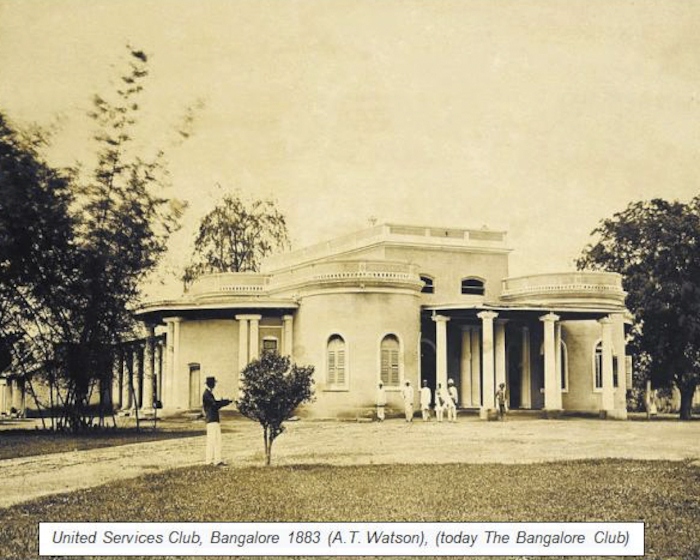Earlier this year, The Hindustan Times published an article about Tesla Motor's decision to select the upmarket Lavelle Road in Bengaluru (formerly Bangalore ), India, as the location for their new office.
The Times noted something poetic about a pioneer like Tesla opening an office on the road named after pioneer Michael Fitzgerald Lavelle.
Lavelle was popularly known as 'Mickey Lavelle, The Gold King of Kolar.' Dr S. Srikumar, in his momentous 'Kolar Gold Fields – Unfolding the Untold' (Partridge, 2014 ), notes that Lavelle is the 'Modern Pioneer of K.G.F. Mines.'
When Prashanth Neel's 'K.G.F: Chapter 2' was released in cinemas recently, India Today's coverage of the film included an article titled 'The Story behind Kolar Gold Fields'. The commentary details the role played by Lavelle in establishing a gold mining industry at Kolar.
The film, a box-office sensation, tells the tale of assassin Rocky, kingpin of the Kolar Gold Fields. Everything it seems connected to Lavelle turns to gold. Michael Lavelle is held with great affection in this part of India, and his story is frequently revisited in local newspapers.
Lavelle was born in Castlebar in 1831. His parents were Michael Lavelle and Eliza Younge. At an early age, he enlisted in the 43rd (Monmouthshire ) Regiment of Foot. In 1854, the regiment travelled from South Africa to Madras. Lavelle married Harriet Augusta Taylor in Bellary, Madras, in 1856. Four children followed before Harriet died in 1868.
Lavelle saw service during what the British call the Indian Mutiny (1857-1858 ). For his role in the brutal suppression of the rebellion, Lavelle, then a sergeant, received a service medal. He also fought in the land wars against the Maori in New Zealand. His regiment led the frontal assault when the British were defeated at Gate Pa in April 1864. In June, they participated in the attack on the fort at Te Ranga.
Following military service, Lavelle settled in Bangalore, though there is evidence of visits to Ireland. Attempts at business were unsuccessful until he discovered a forgotten 1804 report by Lieutenant John Warren concerning mining prospects at Kolar. In 1871, he travelled to Kolar to prospect.
The work was hard, and he suffered great privations. In 1873, he applied to the Mysore (now Mysuru ) Government for mining rights. Lavelle proved an able negotiator, and in 1875 he was granted 20-year permission to mine in Kolar at a royalty of 10 per cent on metals and metallic ores and 20 per cent on precious stones. It is believed that Lavelle acquired his knowledge of mining in New Zealand.
Lavelle realised that the project was beyond the financial resources and capabilities of one man. It is said that his endeavours and the lives of those who worked the dangerous shafts at Kolar informed the novel 'Living Dangerously' by F. E. Penny (Hodder & Stoughton 1925 ). In 1877, Lavelle sold his rights to Colonel George de Là Poer Beresford and Messers Arbuthnot & Co. of Madras. He continued to pursue other opportunities and built up a portfolio of interests.
Lavelle's work put Kolar on the map, and he gained a reputation with the authorities. Lavelle was described as a simple, plain-spoken Irishman, unaltered by acquired wealth.
He was a Protestant from infancy but had a brother who was a Catholic priest. Late in life, he suffered from acute rheumatism and heart trouble which was the cause of his death on 28 September 1895. An obituary in the Madras Weekly Mail noted that Lavelle was indisputably the pioneer of modern gold mining in Mysore.
Without his work, the Kolar Gold Fields would have remained undiscovered for years. His discoveries increased the profile and revenues of Mysore State and brought in British capital. He left an extensive house, mining shares, land in the gold fields, and other property in his will. It was reported that he was offered £10,000 for mining interests the day he died.
Lavelle's work, reputation, and success, made him popular among the British and Anglo-Indian communities. The British Commandant of the Bangalore Cantonment honoured him by naming the road where Lavelle had lived 'Lavelle Road'.

